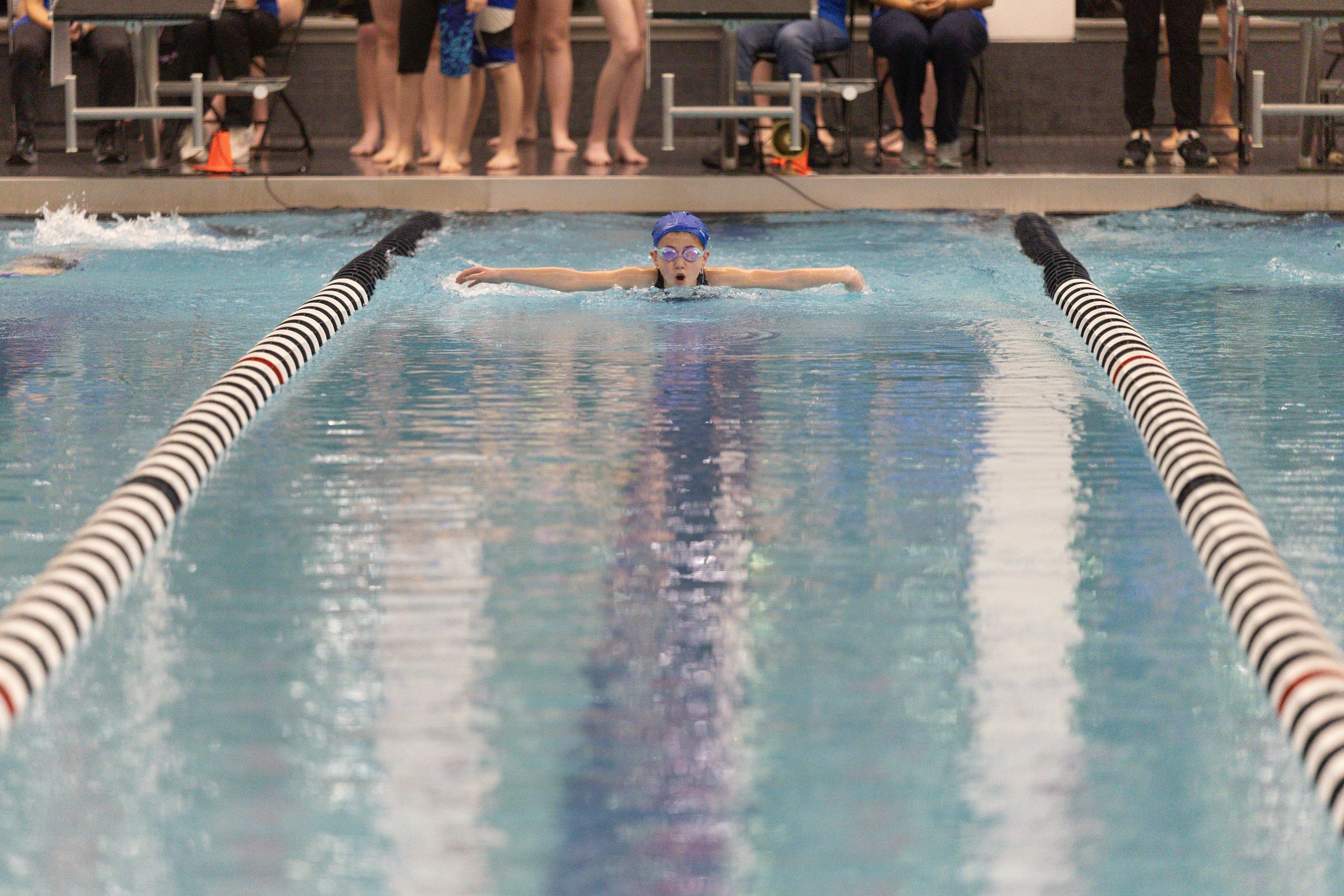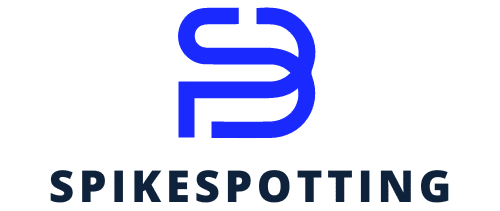What Are the Innovative Approaches to Stroke Rehabilitation for Paralympic Swimmers?

Stroke rehabilitation is no longer a taboo topic in the realm of sports, specifically in terms of swimming. Aided by the rise of technology and research studies, this field has seen numerous innovative approaches that focus on improving the performance of swimmers, especially those from the Paralympic community. In this article, we delve deeper into the current and emerging strategies in stroke rehabilitation that are shaping the way para-athletes train and compete in swimming.
The Growing Significance of Stroke Rehabilitation in Para-Swimming
Stroke rehabilitation, an integral part of training for swimmers, is even more crucial for para-athletes who have physical disabilities. These athletes may have suffered from injuries or conditions that affect their mobility and strength, and stroke rehabilitation helps them regain, maintain, and even enhance their swimming performance.
Lire également : Can Virtual Reality Simulation Improve Decision Making in American Football Quarterbacks?
One of the biggest sources for this topic is PubMed, an online repository of more than 30 million citations for biomedical literature. Another essential resource is CrossRef, a scholarly database that provides digital object identifier (DOI) links to research articles, including those about sports medicine and rehabilitation. A simple Google search can also lead you to numerous studies and articles about this topic.
Advances in Para-athlete Training for Stroke Rehabilitation
Over the past years, training for para-athletes, particularly swimmers, has evolved to incorporate innovative rehabilitation techniques. This transformation has been fueled by a wealth of research and studies focused on strengthening athletes and enhancing their performance in the pool.
A voir aussi : What’s the Effect of Different Breathing Techniques on Recovery in High-Intensity Functional Training?
One of the popular techniques in stroke rehabilitation is strength training. A study published on PubMed mentioned that strength training is pivotal in enhancing the performance of para-swimmers. It helps improve muscle strength and endurance, which are essential in executing different swimming strokes effectively.
Another technique gaining popularity is the use of mirror therapy. This involves the use of a mirror to create a reflective illusion of an affected limb to trick the brain into thinking movement has occurred without physical exertion. This method has been proven effective for stroke patients in general, and now para-swimmers are starting to incorporate it into their training.
Technology’s Role in Transforming Stroke Rehabilitation
Technology has undeniably made a significant impact on stroke rehabilitation, particularly in swimming. From advanced training equipment to virtual reality, these innovations are paving the way for improved training methods and better performance among para-swimmers.
Virtual reality (VR) is one technology that’s making waves in the field of stroke rehabilitation. It provides a simulated environment where swimmers can train and improve their strokes without the fear of injury or the pressures of competition. It is not only used for training but also for assessing a swimmer’s performance, providing a detailed analysis of their strokes and suggesting improvements.
Another technological innovation is the use of smart sensors. These devices can be attached to different parts of the body or swimming gear, tracking movements and providing real-time feedback to the athletes and their coaches. This enables immediate correction of stroke techniques, preventing injuries and improving performance.
The Role of Sports Med in Para-swimmer Rehabilitation
Sports Medicine, or Sports Med for short, has a pivotal role in stroke rehabilitation for para-swimmers. This field of medicine is dedicated to the prevention, diagnosis, and treatment of injuries related to sports and exercise, including swimming.
Sports Med professionals work closely with para-athletes to design personalized rehabilitation programs that address their unique needs and conditions. They also collaborate with coaches, trainers, and other healthcare professionals to ensure that the athletes receive comprehensive care and support.
Moreover, Sports Med professionals conduct research to discover more effective methods of stroke rehabilitation. Many of their findings are published on PubMed and CrossRef, contributing to the wealth of knowledge that drives innovative approaches in stroke rehabilitation.
Combining Swimming with Other Sports for Stroke Rehabilitation
Another innovative approach to stroke rehabilitation is the combination of swimming with other physical activities. This concept, sometimes referred to as cross-training, enhances overall athletic performance, reduces the risk of injury, and promotes recovery.
For example, para-swimmers can incorporate running into their training regimen. Running helps build endurance and cardiovascular fitness, which are crucial for long-distance swimming. It also strengthens the leg muscles, which can enhance kicking power in the water.
On the other hand, yoga can be beneficial for improving flexibility, balance, and mental focus, all of which are vital in swimming. Other sports that can be combined with swimming for stroke rehabilitation include cycling and weight lifting.
In conclusion, stroke rehabilitation for Paralympic swimmers has evolved significantly over the years, with innovative approaches continually being developed. The future of stroke rehabilitation in swimming looks promising, with ongoing research and technological advancements paving the way for even more effective strategies.
Injury Prevention and Management in Para-swimming
A crucial aspect of any sports discipline, including para-swimming, is injury prevention and management. This is of utmost importance in the realm of para-sports, where athletes already grapple with physical disabilities. Sports Med professionals play a fundamental role in this context, offering expertise on how to prevent and manage injuries related to swimming.
Para-swimmers, due to their unique physical conditions, may be prone to certain injuries that might not commonly affect other athletes. Therefore, strategies for injury prevention should be personalized and specific to each athlete’s needs. A thorough understanding of an athlete’s physical condition, combined with a comprehensive knowledge of swimming strokes and techniques, is essential to devise such strategies.
Rehabilitation and management of injuries form an equally important part of Sports Med’s role. In the unfortunate event of an injury, prompt and effective treatment is crucial to ensure that the athlete can return to the pool as soon as possible. Here, the use of cutting-edge technology, like smart sensors, can provide invaluable real-time feedback to monitor the healing process and prevent further injuries.
Google Scholar, Scholar CrossRef, and CrossRef PubMed are excellent resources to find articles that explore the different facets of injury prevention and management in para-swimming.
Power and Strength Training: The Role of the Bench Press and Other Exercises
One of the most discussed topics in the context of Paralympic swimmers is the role of power and strength training. Exercises such as the bench press have been found to be particularly beneficial for enhancing swimming performance.
The bench press, for instance, targets the upper body muscles, which are critical for executing effective swimming strokes. Particularly for para-swimmers, who might have lower limb disabilities, strengthening the upper body is essential.
Strength and power training also includes exercises that can help improve core stability, an important aspect that aids in maintaining a streamlined position while swimming. For instance, exercises that target the muscles of the trunk and the lower back can improve the stability and balance of para-swimmers, thereby enhancing their overall performance.
Moreover, this kind of training is beneficial for Paralympic athletes with cerebral palsy and similar conditions, as strength and power exercises can enhance muscle tone and overall physical fitness. Int Sports professionals often emphasize incorporating such exercises in training regimes for para-swimmers.
Conclusion: The Future of Stroke Rehabilitation in Para-swimming
In summary, stroke rehabilitation in para-swimming has seen tremendous growth and innovation in recent years. With increased recognition of the unique needs of Paralympic swimmers, the emphasis on personalized, technology-driven training methods is stronger than ever.
The future of stroke rehabilitation for these athletes seems bright and promising. The continual advancements in technology coupled with the wealth of research available on platforms like PubMed Google, are paving the way for an even more inclusive and effective realm of para-swimming.
As we approach the upcoming Paralympic Games, it’s inspiring to see how far we’ve come in optimizing stroke rehabilitation. From the use of VR for safe and efficient training to the implementation of smart sensors for real-time feedback, and the growing emphasis on cross-training and strength training – we are undoubtedly witnessing a new era in para-swimming.
Para-swimmers are continually pushing boundaries, and it’s our responsibility to support them with the best possible training and rehabilitation strategies. And with each open separate window of innovation, we inch closer to our goal of making para-swimming a field where every athlete, regardless of their physical condition, has the chance to excel.
